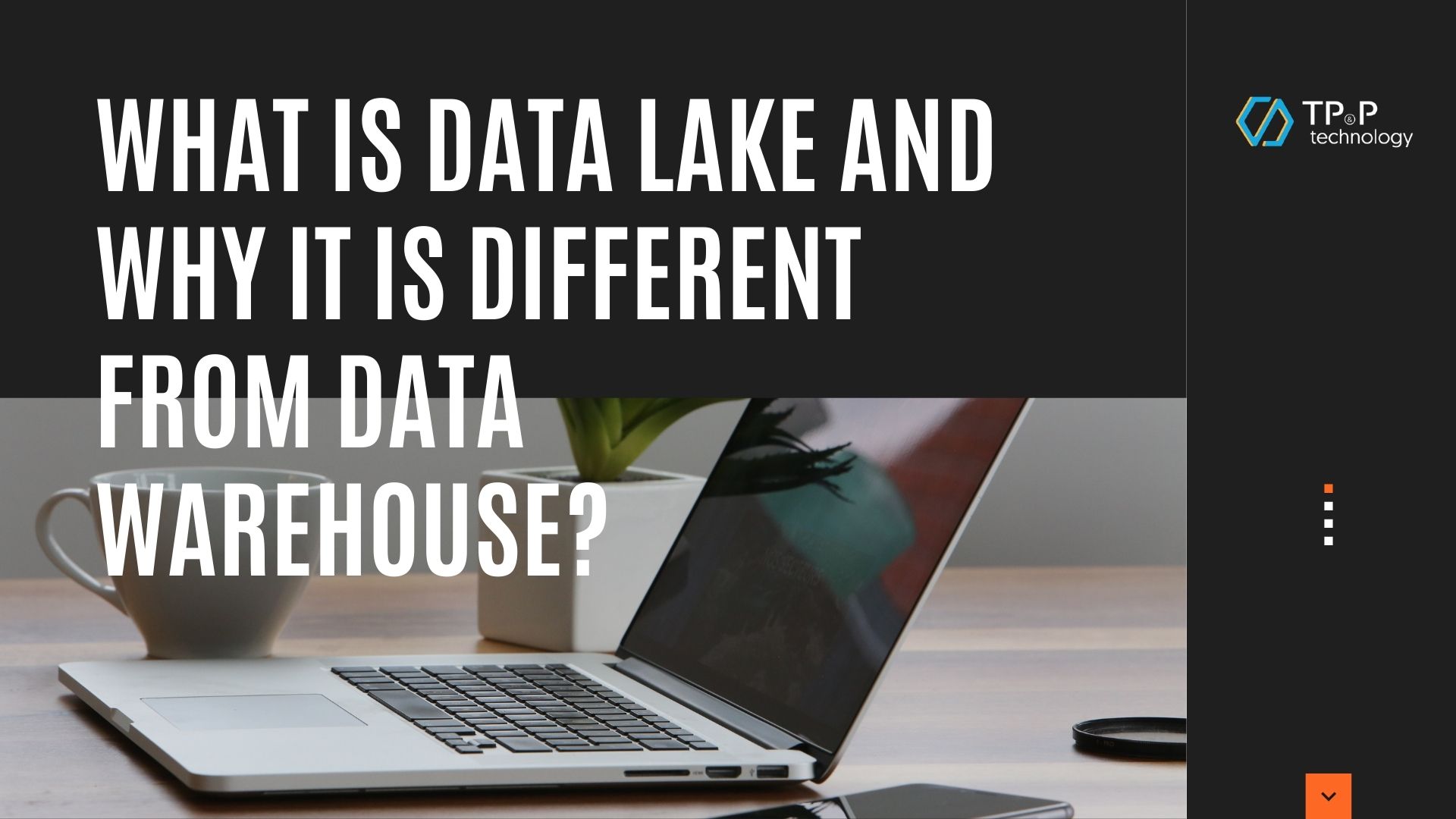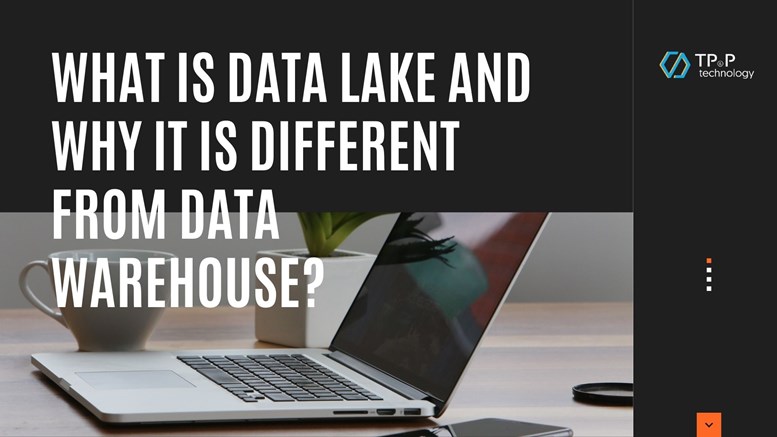
What Is Data Lake And Why It Is Different From Data Warehouse
Since the interest in big data has increased sharply over the past couple of years, the amount, velocity, and variety of data available nowadays letting us know that there is no single database for all data needs. Many companies have turned to choose the right data store for a particular use case or project.

Distributing data across different data stores leads to integrating data for analytics challenges. For a long time, the only viable solution has been to build a data warehouse, meaning extract all data from disparate sources, clean and integrate them, finally load them into a data warehouse. Although there is nothing wrong with this approach, you should now consider the combination of data lake and data warehouse when it comes to processing and storing big data.
What is a data lake?
First, let’s understand what a data lake is. According to Amazon, “a data lake is a centralized repository that allow you to store all your structured and unstructured data at any scale”. Without having to structure the data first, you can store your data from dashboards and visualizations to big data processing, real-time data movement, and machine learning that lead to a better decision.
A recent survey from Aberdeen revealed that organizations that built a data lake had 9 percent higher organic revenue growth compared to their competitors. The reasons behind this are their abilities to perform new types of analytics, such as machine learning, from new sources like log files, clickstream data, social networks, and internet-connected devices stored in data lakes. This allowed them to identify business growth opportunities and take action faster by attracting and retaining customers, increasing productivity, making well-informed decisions.
What is the difference between a data lake a data warehouse?
So, as you can see, the biggest difference between a data lake and a data warehouse is the data structure when data is captured. Depending on each project and requirements a company can either choose between a data lake or a data warehouse, or they can choose a combination of both.
Let’s dig a little bit deeper so that we are clear about which data stores to choose:
Data warehouse
- Is suitable for relational data from transactional systems, operational databases, and line business applications.
- Is designed prior to the schema-on-write.
- Contains highly curated data.
- Use for batch reporting, business analytics, and visualizations
- Is used by business analysts
Data lake
- Is suitable for both non-relational and relational data from websites, mobile apps, corporate applications, IoT devices.
- Is designed prior to schema-on-read
- Contains raw data, meaning may or may not be curated.
- Use for machine learning, predictive analytics, data discovery, and profiling
- Is used by data scientists, Data developers, and business analysts.
4 reasons you should consider building a data lake
The data lake has the ability to harness more data in less time and encourage users to analyze data using different approaches to make faster and better decisions. If you’re still not convinced, here are the four reasons why you should consider creating a data lake now:
Building a “backstage” for your data warehouse
A data lake doesn’t have to be the final destination of data. If you’re thinking of a combination between data lake a data warehouse, why not using data lake as a “staging area” for your warehouse? Then you can get the best of both worlds.
Data is constantly moving and changing. Modern data platforms should be easy to import and discover, as well as provide a comprehensive and coherent structure for reporting needs. A data lake can act as an immutable data entry layer. No content will be removed from it. You can find all raw data from your data lake. This means you can still perform the ELT/ETL jobs to transform and clean up data, then extract it into your data warehouse.
Improving R&D innovation choices
A data lake can be your R&D team’s best bud in terms of testing their hypothesis, refine the assumptions, and evaluate results like choosing the right materials in your product design to improve performance and productivity, conduct research to obtain more effective business strategies, or even understand the customers’ willingness to pay for different attributes.
Increase the time-to-value
Since data lake provides you an immutable layer for all the data that has been entered, we, as a big data consulting company in Vietnam, will make the data available immediately as soon as we obtain the data. By providing the raw data, we can help you to perform exploratory analysis, which is difficult to do when different data sets may be used in very different ways. Generally speaking, each data consumer needs different transformations based on the same data set. The data lake we build can help you to delve into different types and styles of data, and decide for yourself what data is useful for insights generation.
Single data platform for real-time and batch analysis
Moving real-time data into a data warehouse remains a challenge. Although there are many tools on the market that can help to solve this problem, it is easier to solve it by using the data lake as an immutable layer to ingest all data.
Bottom-line
With data lake’s capabilities combining with data warehouse, these two technologies constitute an important part in building any data-related platform. In addition, having an immutable data layer that stores all imported data can bring you a competitive edge.
If you need any data-related requirements, don’t forget to check us out. We are one of the top-ranked software companies in Vietnam.


